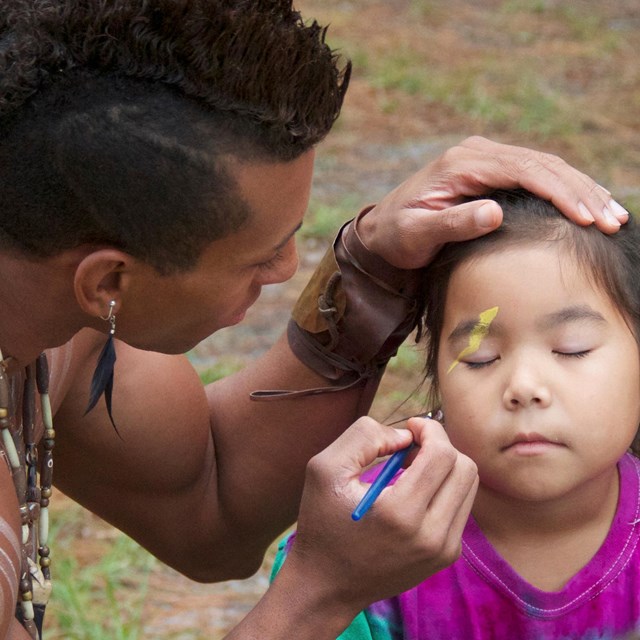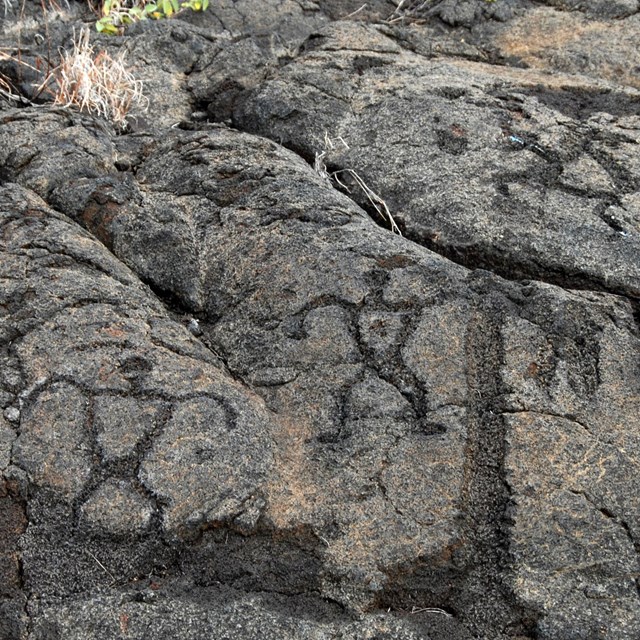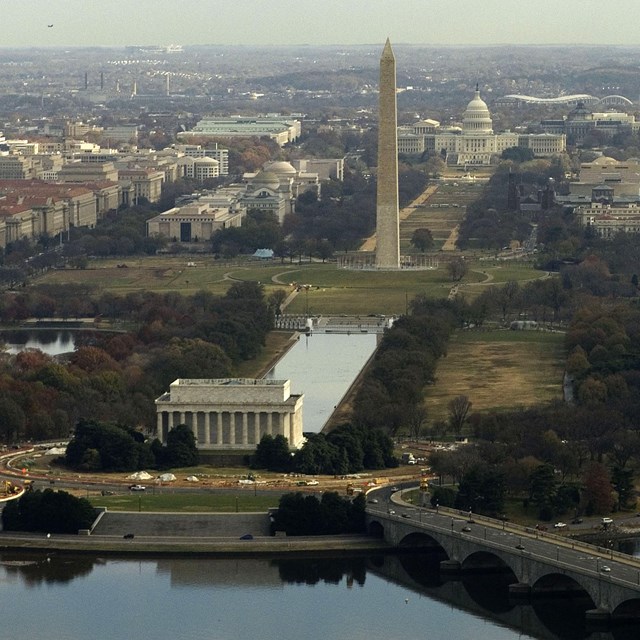Last updated: April 29, 2025
Article
Reading Rock Markings

NPS/Chris Wonderly
If you travel the canyons of the American Southwest, you are sure to see figures carved or painted on rock faces. These include abstractions like spirals, dots, and geometric patterns, or more recognizable forms like animals, humans, and handprints. Whatever they represent, these curious figures provoke within many people the desire to understand.
Some people call it “rock art,” but "art" doesn't adequately reflect their importance to American Indian Tribes. These images are more than mere adornments hung on the landscape. They are communications between people across time, written not with letters but with visceral, vital imagery. They could express anything one human being might want to communicate to another. The Paiute word for them, Tumpituxwinap, translates roughly as "storied rocks."

NPS/Neal Herbert
If we look closely and compare different image panels, themes and characteristics sometimes emerge, as well as something on the edge of comprehension. A figure on horseback suggests a relatively recent date of production. The portrayal of an atlatl (spear-throwing device) recalls a much older archaic cultural period. A line of ghostly figures holding snakes with birds or other animals hovering above them may suggest an otherworldly experience. Native Americans today might see different meanings in the same images. Figures on the rock may convey the social, economic, and/or religious concerns of many different cultures—historic, prehistoric, and contemporary.
Imagine trying to convey a concept as simple as “food this way” in pictures, or one as complex as your deepest fears and highest aspirations. What symbols would you use? Would a person a thousand years from now understand them? Would they be able to follow your directions to water or understand your place in the cosmos?
Whatever the intent, petroglyphs (pecked images) and pictographs (painted ones) can be considered as records of the celebrations, maps, and practical wisdom left by Indigenous people for those who would follow. Through these images, knowledge could be passed to future generations—including our own. Though we may not understand them, they often inspire within us a sense of awe and wonder. One translation of these images might very well be: “listen and survive.”

NPS/Jacob W. Frank



